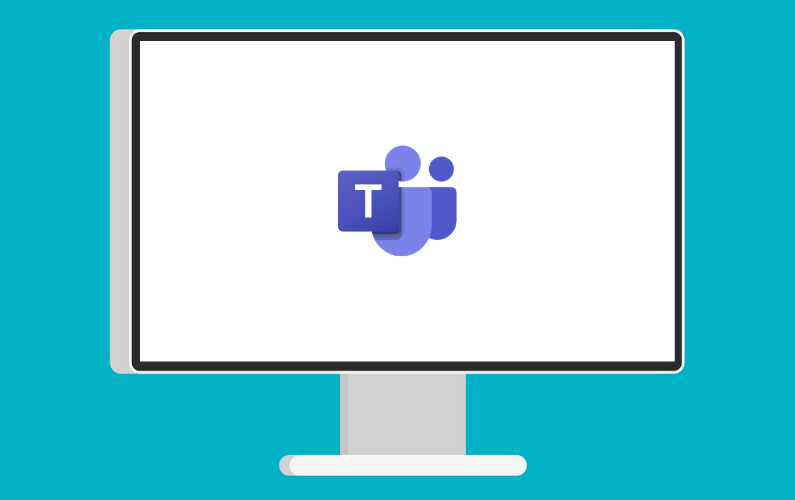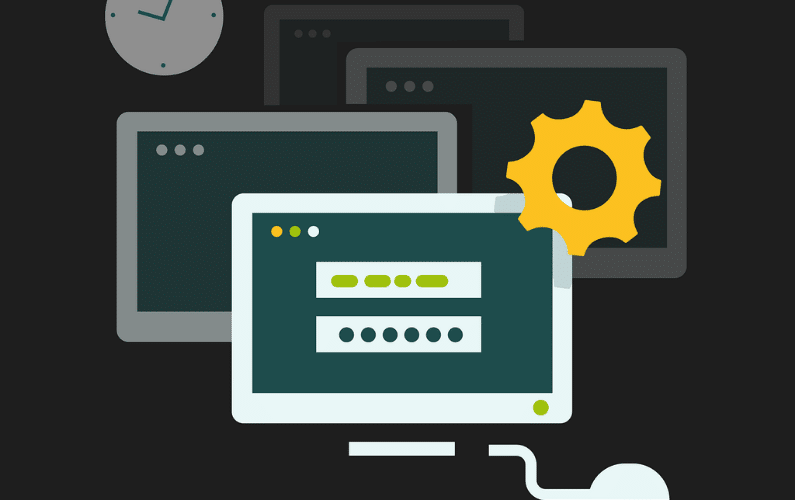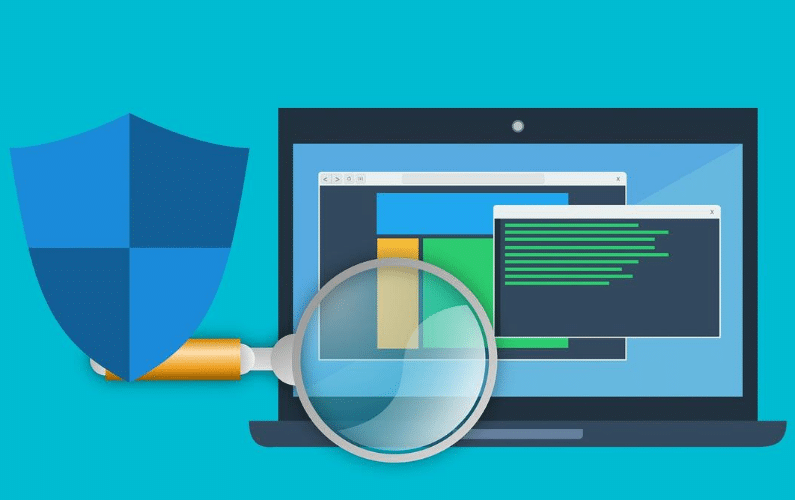Web3 is a decentralized online ecosystem built using blockchains. It won't require you to hand over your private information for their service. Web3 aims to develop a web where users share data among themselves rather than centralized corporations controlling and owning it.
We associate Web3 with crypto because it uses blockchain, the same foundational technology for cryptocurrencies and Non-Fungible Tokens (NFTs).
Blockchain technology allows data to remain publicly available and transparent while limiting the possibilities of data theft and misuse. Web3 enhances the internet with added features, including being trustless, permissionless, verifiable, stateful, distributed, and robust. Web3 applications run on decentralized networks of several peer-to-peer nodes, blockchains, or both. We refer to these systems as decentralized apps.
With Web3, you can tokenize everything and store it with blockchain technology. Tokenizing replaces crucial data with identification symbols that will retain the information without compromising its security. Web3 gives the user all the freedom over their data.
Evolution of Web
The history of the web comprises three major stages:
Web 1.0
Web 1.0 started in the 1960s as a static form with only text browsers such as ELISA. HTML followed the first visual browsers, making the pages more appealing to the user. Web 1.0 uses a centralized data storage and computing model, where one computer system stores and manages data without real-time communication with other computers. It is a network for content delivery only, and it only suits personal website usage.
Web 2.0
This is a web-based platform coined by Tim O’Reilly in 2004. It allows its users to create content and share it through the internet. Web 2.0 uses a decentralized data model with many networked computers, enabling them to communicate in real-time. It made sharing information through blogs and social media platforms possible.
Web 3.0
Web 3.0, also known as Web3, is the most recent web technology that boasts decentralized applications, smart contracts, and blockchain features. Here, data is shared and not owned. It is creating the web to look and work as per the inventor’s intentions, Tim Berners Lee. Web3 entails the construction of systems with no controllers that everybody can trust.
For a seamless transition from Web2 to Web3, developers should develop decentralized applications, and the users should accept them. The major challenge of these apps is a large number of non-technical user base in our societies. This population will force developers to start by creating simple, easy-to-use decentralized apps. With the advancement of technology, users will get used to them, and eventually, a larger group will become standard users.
The Features of Web 3.0
To get a complete Web3, you not only need the blockchain but a combination of many technologies. The following essential features can help us understand Web3 better.
Decentralization
Decentralization is the core tenet in Web3. It entails distributing the control of processes to several ends rather than one centralized node. With Web3, finding information is based on its content, and you can store it in different locations simultaneously. This breaks down the large databases of Google and Meta (for example) into simple storage gadgets for the users. Web3 passes the greatest control to its users.
Secure Messaging
Through the blockchain, Web3 brings in secure messaging, allowing users to send and receive vital information without worrying about cybercriminals. This ability allows businesses to make orders and request information about the progress of their purchase securely.
Semantic Web
In this context, semantic means the ability of a machine when it has data, while web represents the navigable space of interconnected objects and URLs. Semantic web entails a web extension that provides software with machine-readable metadata. It enhances the accessibility and functionality of the websites. As a result, users get more effective and precise information when searching for data, finding content based on the exact meaning and not page numbers or keywords.
The primary aim of the semantic web was to manipulate information on our behalf by automating information retrieval, personal assistants, and the internet of things.
You Cannot Lose Data
No one can delete or change data recorded in Web3. This security makes the data there more trustworthy, and users can share their information without worrying about losing control over it.
Artificial Intelligence
AI technology aims to develop machines that can function as human beings. By combining machines and human effort, AI comes up with technologies that quickly and effectively solve complex problems. Web3 also uses machine learning, a type of artificial intelligence that combines data and algorithms to learn like humans and improve accuracy. Bringing artificial intelligence and its features, such as natural language processing, into Web3 allows businesses to use the combination and give their clients more relevant and fast results.
Ubiquity
Ubiquity entails the state of being very common or available everywhere. The internet is developing to become faster and more ubiquitous as technology grows. This will allow all internet-connected devices to become more efficient, as they will request data from more sources and at fast speeds. Web3 services will be available everywhere, provided one uses a device that can connect to the internet.
3D Graphics
3D design is very important in web or app development in the current digital landscape. Web3 3D design has revolutionized online work, allowing businesses to display their websites’ services graphically. 3D designs are also helping businesses keep clients on their websites for long. Everyone wishes to spend their internet time on a well graphically designed website.
Benefits of Web3 to Small Businesses
When small businesses adopt Web3, they enjoy benefits such as:
Streamlined Business Processes
Web3 will help businesses maintain transaction ledgers for all the clients they serve. They can create or manage their supply chains with very minimal effort. Small businesses can also automate some services such as lending and borrowing using smart contracts. Smart contracts are programs in the blockchain that only run when certain conditions are met. This makes some operations, such as approving a client’s loan, simple while simultaneously reducing labor requirements.
For example, a startup hotel can streamline its services by availing all its information on bookings, guests, and invoices online and in real-time. For every guest who visits the hotel, the ledger will store all the transaction details and what they paid for. It, therefore, becomes easy to offer personalized services to every client based on past preferences and purchases.
Improving User Journeys
The blockchain technology in Web3 will provide your potential business clients with a friendly and simple onboarding process. You don’t want anyone to give up on trying your services because of the long and hectic sign-up process.
A good example is how you use your Facebook or Google login to easily gain access to other websites. The only difference in the blockchain is that it does not store the user's information. The rest of the approach is the same. Web3 will provide many simple ways your client can sign up on your site while causing minimal or no difficulties.
An efficient sign-up will attract more clients to your website and free you from the worry of storing or losing any of their data. Beyond onboarding, Web3’s technology will make your client’s journey more efficient by automating processes after they sign in. The automated services are fast and usually error-free.
Building Customer Trust
In a recent report that analyzed customers’ growing unease about data collection practices by most companies, 62 percent of the business leaders surveyed felt that their organizations should improve data privacy. A third felt that clients should be more concerned about their data usage by the companies they trust their information with, and 29 percent said their companies have sometimes employed unethical strategies to collect private data.
The report shows how most companies have failed in consumer privacy and why it is important for a business to focus on protecting your clients’ private data.
A small business can place itself ahead of the competition by using blockchain technology and assuring its clients of their data security. When you store consumer data on the blockchain, you make it automatically decentralized and transparent. You can protect the data from identity theft and breaches. When customers trust you, they trust your services and products too.
Efficient Collaboration Between Government, Suppliers, Customers, and Employees
Web3 entails decentralization and transparency to all the parties involved. It allows businesses to be more transparent to their clients in their services and the amounts they charge. Web3 helps businesses achieve this by sustaining an unchangeable transaction record available for viewing by all the parties on the blockchain. It becomes easy for businesses to comply with the transparency governance requirements in place.
Saving Businesses Money
In every business, you want to reduce costs while getting all your work done. Web3 combines blockchain, decentralized applications, and smart contracts in its functions. It puts all content in the user's hands and reduces reliance on expensive third-party service providers. You save on hiring more labor and still get your work done efficiently. When you interact with your clients directly, without external forces, you can create a mutual connection and turn them into loyal customers easily.
For the small enterprises, Web3 will bring network effects that will insulate them from threats and costs placed by major technology players. This means that they will not have to pay high fees for referrals, intermediary services, and advertising. Their bargaining power will also increase because of monopoly waning and hence survive in the competition they pose.
Reduced Risks of Cyber Crimes on Small Businesses
A small business may not have enough capacity for higher data security companies that can keep their information secure. Web3 decentralizes everything, making it easy for businesses to secure their ledger system and harder for attackers to access sensitive information. There is no centralized system to attack and disrupt the business.
For example, a business can reduce data breaches by sharing customer feedback and reviews on their blockchain. No one can alter that information, so the business has no worries about data theft.
Improved Customer Knowledge
Web 3 offers businesses an approach to engage with their customers and collect valuable information on their tastes and preferences. Instead of using ad-supported marketing models and stored data, they can use this information and align economics with all its users. Web3 also supports user interaction and user-generated digital content, which usually makes clients more open to you. Businesses will get voluntary and better knowledge of their customers, which they can use to adjust their products to fit the current market.
Improved Searchability of Data
With Web3, your business can extract insights from data collection in the system. Its decentralized and unchangeable ledger system features allow it to access customer data in real-time. It simplifies data analysis to help you understand insights, such as transaction details and new clients.
Composability Features
Web3 technologies are open source. This means that you can build it on top of other projects or change them. As your business grows from a small enterprise to medium size, you can redefine and create new infrastructure from the previous system. It makes it easy to create new and innovative projects that could add value to your business.
Start Embracing Web3 Today
The internet has undergone a constant change since its innovation phase, where users browsed for information only. In the second phase, social media came, and the internet became dynamic. Because of the challenges in the second phase, such as transparency and privacy issues, the internet is now moving to Web3.
Web3 focuses on decentralization but keeps the dynamic element in phase 2. It is already bringing massive transformation in businesses by making transactions more efficient and creating trust between clients, suppliers, employers, and businesses.
Technology improvements have reduced starting costs for businesses, brought smarter web systems providing clearer information, and created more effective ways of communication.
One way you can ensure your business stays in the competition with the big guys is by adopting the latest technologies. Protecting a small business is significant, and many such enterprises are already using these technologies. Contact Nicolet Teach today to gain a competitive edge in the current market.


